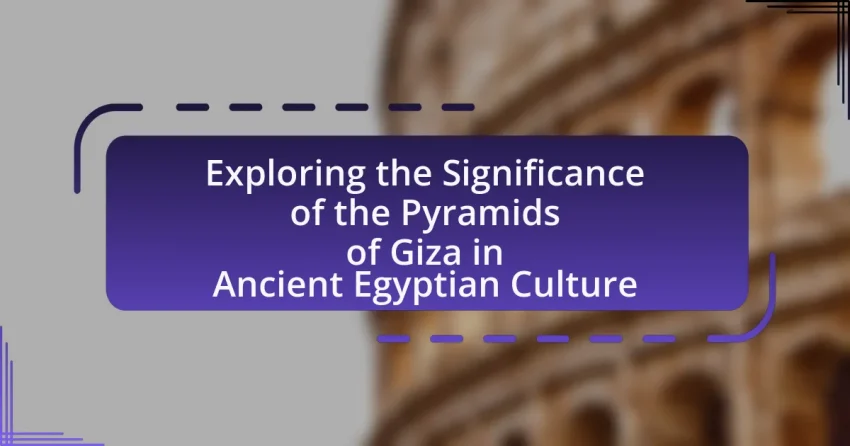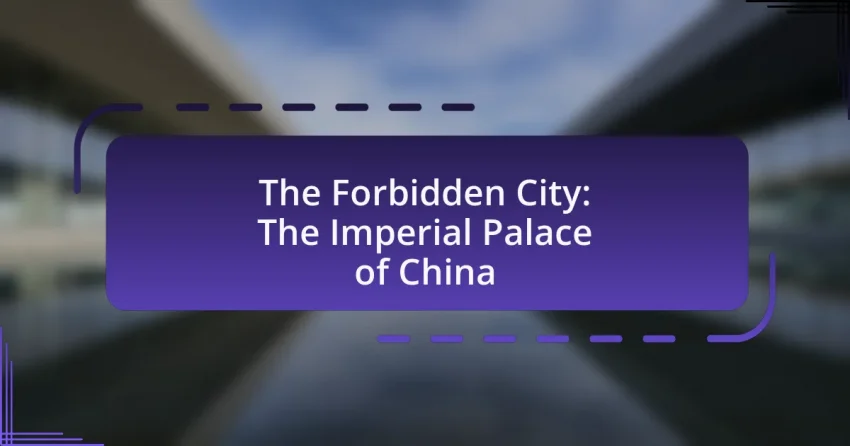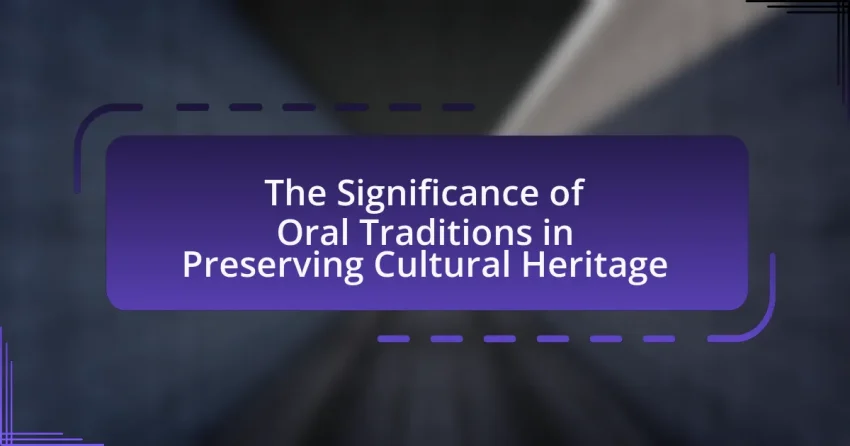The Pyramids of Giza, monumental tombs built for the Pharaohs of ancient Egypt, are significant architectural and cultural symbols reflecting the civilization’s beliefs in the afterlife and divine kingship. Constructed during the Fourth Dynasty, these pyramids demonstrate advanced engineering techniques and a well-organized labor force, highlighting the socio-political structure of ancient Egypt. The article explores…
The Evolution of Historic Preservation Laws Globally
Historic preservation laws are regulations aimed at protecting and conserving buildings, sites, and structures of historical, cultural, or architectural significance. This article explores the evolution of these laws globally, highlighting their historical context, key principles, and the influence of cultural values. It examines how preservation laws have adapted over time in response to societal changes,…
The Great Mosque of Djenné: The Largest Mud Brick Building in the World
The Great Mosque of Djenné, located in Djenné, Mali, is recognized as the largest mud brick building in the world and a UNESCO World Heritage Site. Constructed in the 13th century, it exemplifies the Sudano-Sahelian architectural style, utilizing adobe and wooden beams. The mosque serves as a vital center for Islamic worship and community gatherings,…
The Forbidden City: The Imperial Palace of China
The Forbidden City is a historic palace complex in Beijing, China, that served as the imperial palace for 24 emperors during the Ming and Qing dynasties. Constructed between 1406 and 1420, it spans approximately 180 acres and contains around 980 buildings, showcasing traditional Chinese architecture. The article explores the construction techniques, materials used, and the…
The Influence of Historic Sites on Contemporary Art and Culture
The Pyramids of Giza: Secrets of Ancient Construction
The Palace of Versailles: Baroque Grandeur and Its Historical Impact
The Palace of Versailles, located near Paris, France, is a historic royal residence renowned for its Baroque architecture and expansive gardens. Originally a hunting lodge for King Louis XIII, it was transformed by his son, Louis XIV, into a symbol of absolute monarchy and political power in the 17th century. The article explores the palace’s…
The Significance of Oral Traditions in Preserving Cultural Heritage
Oral traditions are practices of transmitting stories, histories, and cultural knowledge through spoken word, playing a vital role in preserving cultural heritage and identity. This article explores the significance of oral traditions, highlighting their differences from written records, key characteristics, and various forms such as storytelling, folklore, and songs. It examines how these traditions foster…
The Contribution of Historic Sites to Local Economies
Historic sites play a crucial role in bolstering local economies through tourism, job creation, and business stimulation. Heritage tourism contributes over $171 billion annually to the U.S. economy, supporting millions of jobs and enhancing local commerce. The article explores the direct economic impacts of historic sites, their influence on job creation, and the benefits they…
Exploring the Connection Between Historic Sites and Environmental Sustainability
The article explores the connection between historic sites and environmental sustainability, highlighting how these sites promote conservation practices and cultural heritage awareness. It discusses various sustainable management strategies employed at historic sites, such as the use of renewable energy, waste reduction, and eco-friendly landscaping, which contribute to both ecological preservation and community engagement. Additionally, the…







